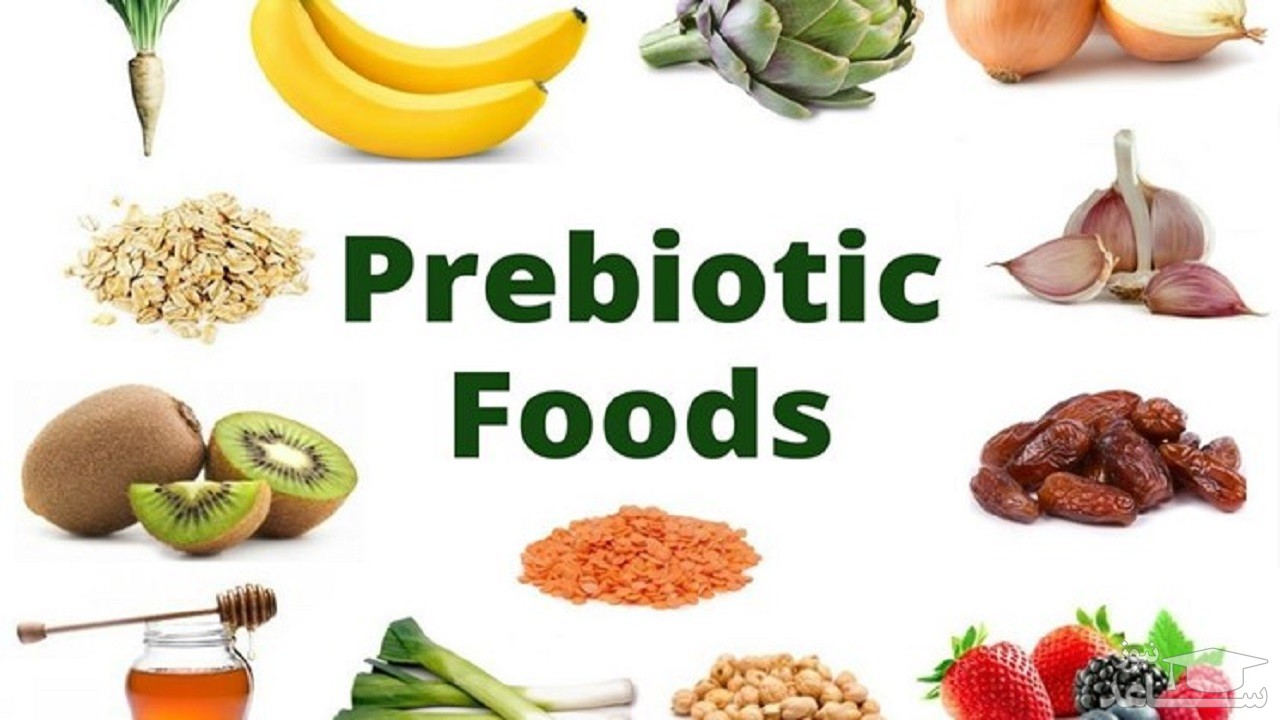
Prebiotics
What is prebiotics?
Prebiotics are a group of nutrients that are degraded by gut microbiota. Their relationship with human health has been an area of increasing interest in recent years. They can feed the intestinal microbiota, and their degradation products are short-chain fatty acids released into blood circulation. Consequently, affecting not only the gastrointestinal tracts but also other distant organs. Fructo-oligosaccharides and galacto-oligosaccharides are the two main groups of prebiotics with beneficial effects on human health. Since low quantities of fructo-oligosaccharides and galacto-oligosaccharides naturally exist in foods, scientists are attempting to produce prebiotics on an industrial scale. In comparison to probiotics, prebiotics has more benefits for health and safety.
They seem to be fascinating candidates for promoting human health conditions as a replacement or in parallel with probiotics. This review discusses different aspects of prebiotics, including their crucial role in human well-being.
Prebiotics as, non-digestible carbohydrates, are not digested by the body but nourish the micro-organisms in the colon. They should be naturally in the diet by using some foods such as garlic, bananas, oats, onions, and leeks. Some scientists use the term ‘microbiota accessible carbohydrates’ as fermentable dietary fiber that the microbes can use.
Types of Prebiotics
There are many types of prebiotics. The majority of them are a subset of carbohydrate groups and are mostly oligosaccharide carbohydrates (OSCs). The relevant articles are mainly on OSCs, but there are also some pieces of evidence proving that prebiotics is not only carbohydrates.
Prebiotics play a valuable role in human health. They naturally exist in different dietary food products, including asparagus, sugar beet, garlic, chicory, onion, Jerusalem artichoke, wheat, honey, banana, barley, tomato, rye, soybean, human’s and cow’s milk, peas, beans, etc., and recently, seaweeds and microalgae.
Industry produces prebiotics in large quantities because of their low concentration in foods. Some of the prebiotics are produced by using lactose, sucrose, and starch as raw materials. Since most prebiotics are classified as GOS and FOS regarding industrial scale.
Prebiotic foods
By including a variety of foods in the diet, people can ensure that they consume a range of prebiotics that may fuel various strains of bacteria. Prebiotics are in many high-fiber foods, including some fruits, vegetables, and whole grains. Some probiotic-rich foods may contain prebiotics as well. Babies get access to prebiotics through the sugars in breast milk, and some infant formulas also contain prebiotics.
Benefits of prebiotics
The benefits of prebiotics correlate to the benefits of probiotics. Prebiotics may support a healthy gut, offering better digestive health, fewer antibiotic-related health problems, and other benefits. There is less research on prebiotics than on probiotics. As a result, the extent to which prebiotics improve health is unclear. Scientists are not yet entirely sure that they can strengthen the purported benefits of probiotics.




